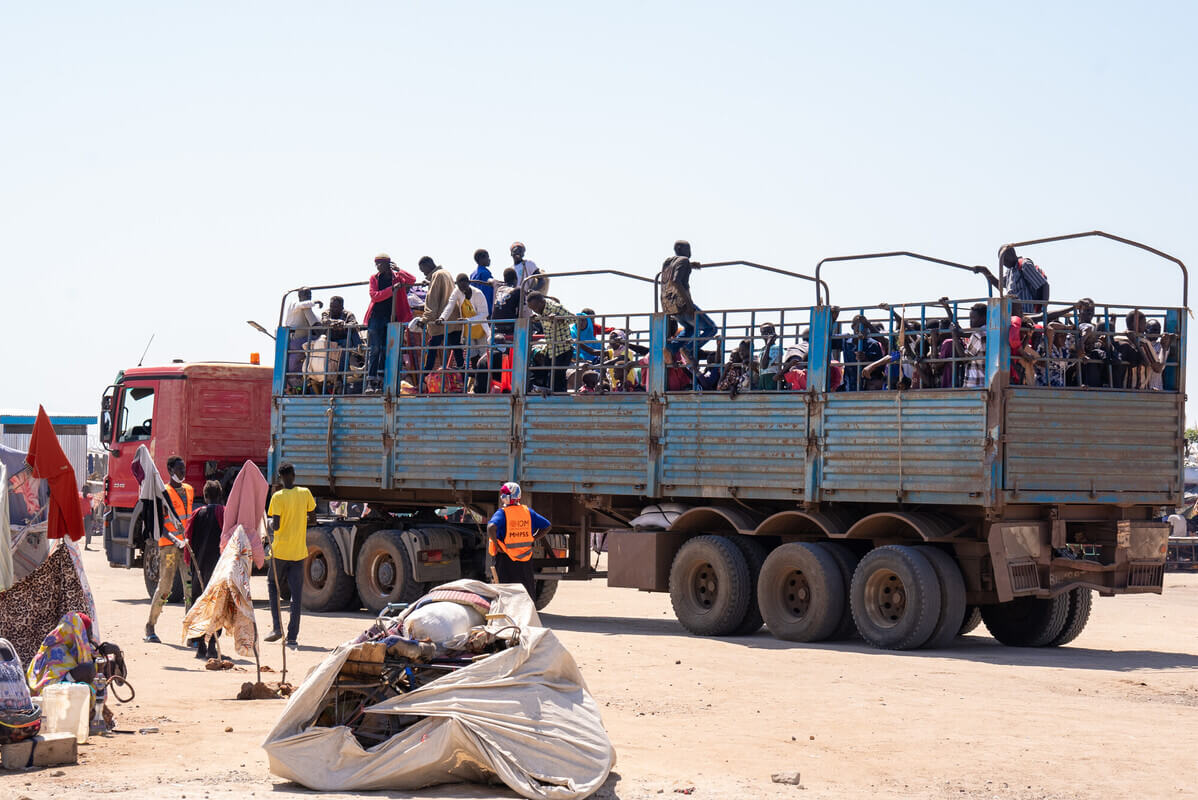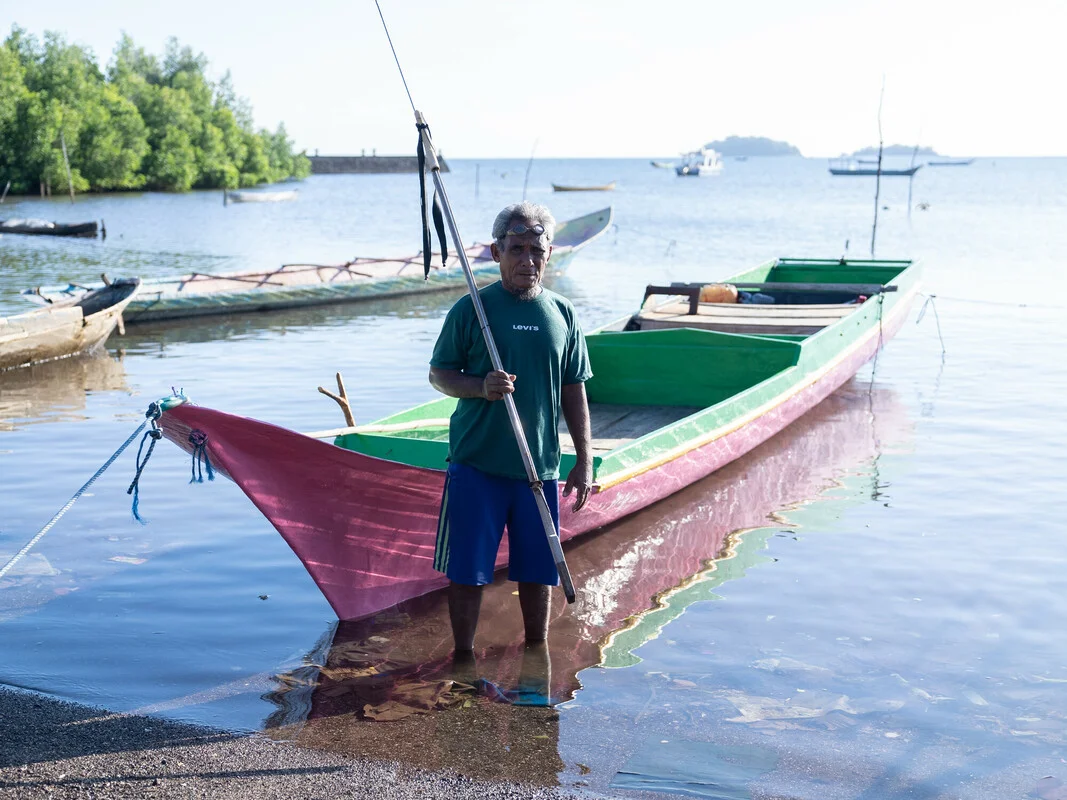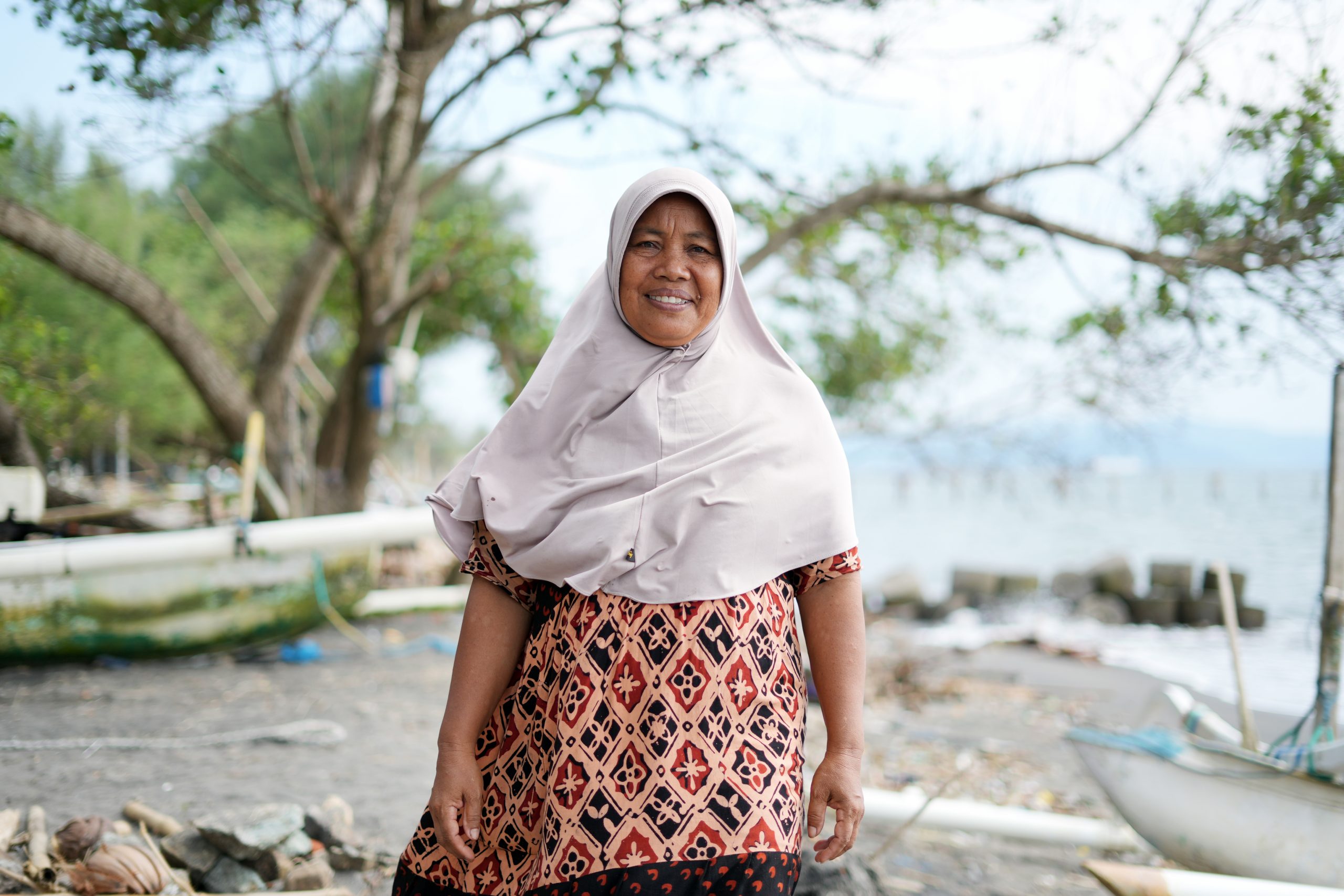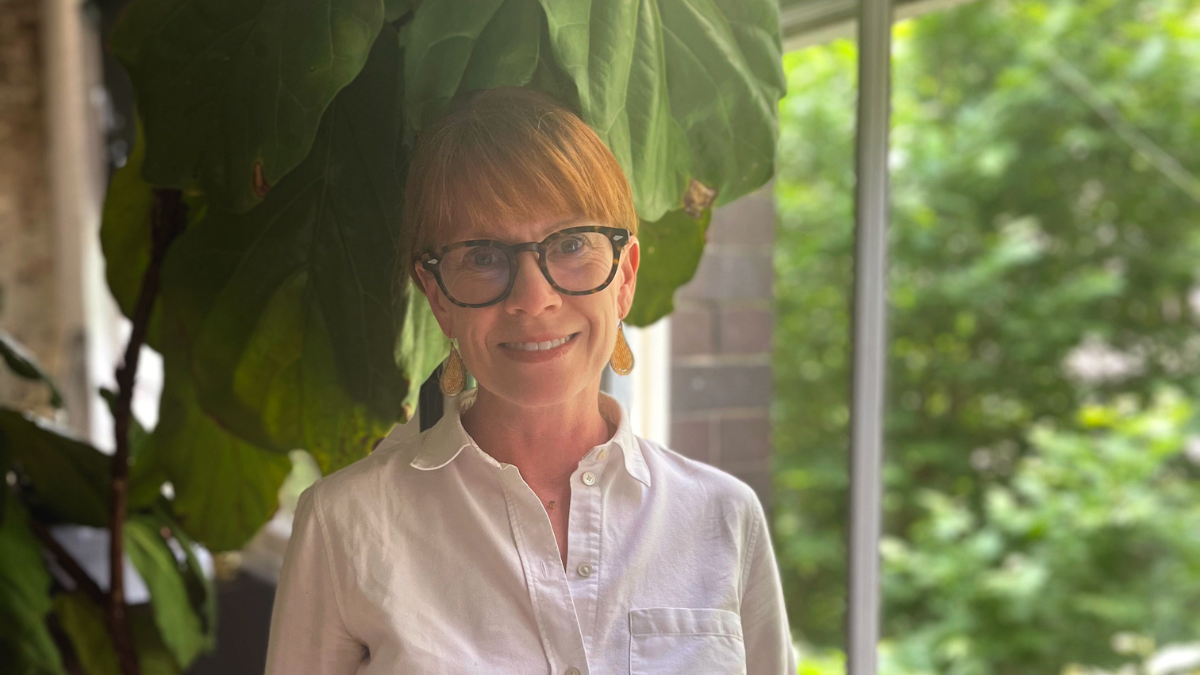Nearly 13 million people have fled their homes during the recent conflict in Sudan. That’s nearly one third of Sudan’s population.
A large proportion are seeking refuge in neighbouring South Sudan, the world’s newest country. The combined effects of conflict and climate change has meant South Sudan faces its own challenges with hunger, clean water and poverty. Despite this, many people fleeing violence in Sudan are now seeking refuge in South Sudan.
This article outlines the origins of Sudan’s current conflict, the implications for South Sudan, and the growing humanitarian needs at their shared border. It also explains how organisations like Oxfam are working with communities to respond.
What sparked the war in Sudan?
Sudan’s current conflict began in April 2023, when tensions between two rival military factions escalated into open warfare.
The rival factions had previously collaborated, staging a military coup in 2021. That coup ousted Sudan’s transitional civilian government and placed both factions in direct competition for power.
The leaders planned a transition to civilian-led rule in 2023, but there were deep divisions. A key point of contention was how (and when) the military arms of each faction would combine, and who would command the merged forces. These disagreements triggered the current war.
Since then, Sudan’s capital, Khartoum, has seen sustained warfare. Residential areas have been shelled, medical facilities closed, and markets destroyed. Over 14 million people have fled their homes. And the World Health Organisation now estimates more than 30 million people require humanitarian assistance — the highest number on record for Sudan.
The refugee crisis in South Sudan
Since April 2023, more than one million people have crossed the border from Sudan into South Sudan, including Sudanese refugees and South Sudanese nationals returning to a country they may not have seen in years.
Many of those arriving are women and children. According to UN figures, nearly 10,000 people are crossing into South Sudan each week.
South Sudan is one of the world’s lowest income countries — nearly three-quarters of the population already relies on humanitarian assistance to meet basic needs. The influx of new arrivals is placing additional pressure on limited infrastructure and public services.
Transit centres are overcrowded, some at four times their capacity. A transit centre in Renk designed for 2,750 people was holding 15,000 people in December 2024, with 300 people sharing one tap and 100 people sharing one latrine. According to the UNHCR, at that time 80,000 people fled Sudan into South Sudan over just a three week period.
Some families are arriving without shelter, food, or a way to contact relatives left behind. Local and international organisations, including Oxfam, are working to support access to food, shelter, clean water, sanitation and hygiene supplies. But the current response remains severely underfunded relative to the scale of need.
At the same time, security conditions within South Sudan remain fragile. The country’s internal challenges add complexity to what is now one of the world’s largest and most under-resourced humanitarian crises.
South Sudan Civil War: A fragile peace
After a long civil war, South Sudan gained independence from Sudan in 2011. There were widespread hopes for peace and stability. But internal political disputes quickly escalated, and in 2013, conflict broke out.
There were devastating consequences. The South Sudan civil war lasted six years and millions of people were displaced. Essential systems like food production and health services were severely disrupted.
The leaders signed a peace agreement in 2018. But while large-scale fighting has decreased since then, the peace remains fragile. Many of the factors that drove the original conflict remain unresolved.
These conditions challenge South Sudan’s capacity to respond to the Sudan crisis. The country is still managing the legacy of its own war, with high levels of internal displacement, food insecurity and limited infrastructure. And at the same time, it’s hosting people fleeing the neighbouring conflict.
Communities across South Sudan are playing a key role in the response — assisting new arrivals and helping them navigate already stretched systems. Local leadership is central to humanitarian efforts and underscores the need for a coordinated, well-funded response that supports both refugees and host communities.
How Oxfam is responding in South Sudan
Oxfam has worked in East Africa for decades, partnering with communities to strengthen access to water, sanitation, food security and sustainable livelihoods. This long-standing presence has helped lay the groundwork for a rapid response to the current crisis.
Oxfam doesn’t currently work in Sudan itself, but since the conflict in Sudan escalated, Oxfam and its partners have scaled up efforts to support people arriving at the Sudan–South Sudan border and in transit. This includes distributing hygiene kits, providing clean water, and helping families access essential items through cash assistance where markets are functioning.
Local partners are helping coordinate services, restore damaged infrastructure and identify the most effective ways to support people on the move. Many of these organisations are embedded in the communities they serve, offering critical insight and leadership.
At the same time, Oxfam is working to address longer-term needs — supporting the repair of water systems, building local food production capacity, and advocating for increased global humanitarian aid funding for both refugee and host communities.
The scale of the crisis demands more than short-term aid. It requires sustained investment in local systems, equitable humanitarian assistance, and coordinated international support. You can be part of that response, too. Donate to Oxfam’s South Sudan Appeal.

Jun Ajuk, Oxfam health promoter speaks to Sudan refugee and returnees on the importance of maintaining hygiene to avoid spread of disease. Photo: Herison Philip Osfaldo/Oxfam
What happens next (and how you can help)
The humanitarian crisis at the Sudan–South Sudan border continues to evolve. With no political resolution in sight, displacement is expected to increase and pressure on local systems will intensify.
Communities in South Sudan continue to respond — supporting new arrivals, managing limited resources, and working with aid organisations to meet urgent needs. Their leadership, knowledge and resilience remain central to Oxfam’s ongoing response. We are supporting this work in close partnership with local organisations. But the scale of need exceeds current funding levels.
A donation today can help deliver essential services like clean water, sanitation and emergency cash support, while also backing long-term recovery strategies that strengthen communities over time.
Donate now to support families in South Sudan. Every contribution extends the reach and effectiveness of community-led responses.
Want to understand more about the impact of the civil war in South Sudan? Read about famine in South Sudan.
FAQ: Sudan Civil War and South Sudan Crisis
Is the Sudanese Civil War still going on?
Yes. Armed conflict between the Sudanese Armed Forces (SAF) and the Rapid Support Forces (RSF) has continued since April 2023. Despite periodic discussions, no formal ceasefire has held. The conflict remains active and continues to drive widespread displacement and humanitarian need.
Why did Sudan and South Sudan split?
South Sudan became independent from Sudan in 2011 after decades of civil war. The separation followed a peace agreement and a national referendum, in which the overwhelming majority of South Sudanese voters supported the formation of a new country. Independence was seen as a path to peace and self-determination.
What caused the Sudan Civil War?
The war began as a power struggle between Sudan’s two main military factions: the SAF, led by General Abdel Fattah al-Burhan, and the RSF, led by Mohamed Hamdan Dagalo (Hemedti). A planned transition to a civilian-led government stalled due to disagreements over military integration. These tensions triggered the current conflict.
Why are RSF and SAF still fighting?
Both factions are competing for political and military control of Sudan. Efforts to mediate the conflict have failed to produce lasting agreements. With no resolution in place, the fighting continues — placing millions of civilians at risk and deepening instability in the region.



